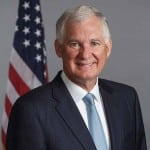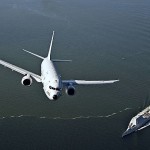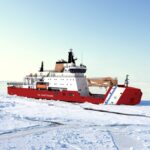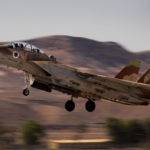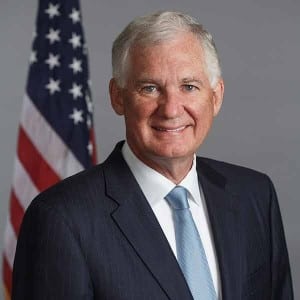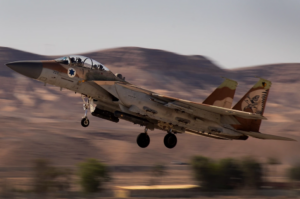The culminating event in the Army’s Campaign of Learning 2013, is an examination of the far future, during the Unified Quest 2013 Deep Future Wargame (DFWG) at Carlisle Barracks, Pa., Sept. 15-20. The effort is led by the command often called the architect of the Army: U.S. Training and Doctrine Command (TRADOC). U.S. Army TRADOC Commanding Gen. Robert Cone has made it clear that the service is shifting from a force of execution to one of preparation, and the DFWG…
Contract Updates
ICF Mercantile LLC (Warren, New Jersey) – $150,000,000
ICF Mercantile LLC,* Warren, New Jersey, has been awarded a maximum $150,000,000 firm-fixed-price delivery order (SP8000-26-F-0008) issued against an indefinite-delivery/indefinite-quantity contract (SP8000-26-D-0005) for aerospace grade rayon fiber. This was a sole-source acquisition using justification 10 U.S. Code 3204 (a)(3)(A), as…
Lockheed Martin Corp. (Orlando, Florida) – $328,500,000
Lockheed Martin Corp., Orlando, Florida, was awarded a ceiling of $328,500,000 undefinitized contract action issued as a letter contract for Department of Defense and Foreign Military Sales (FMS) Sniper, Infrared Search and Track, and Low Altitude Navigation and Targeting Infrared…
Zapata Black & Veatch JV LLC (Charlotte, North Carolina) – $29,000,000
Zapata Black & Veatch JV LLC, Charlotte, North Carolina, was awarded a $29,000,000 firm-fixed-price contract for planning, design, construction, and operation services. Bids were solicited via the internet with six received. Work locations and funding will be determined with each…
Burns & McDonnell Engineering Co. Inc. (Kansas City, Missouri) – $49,000,000
Burns & McDonnell Engineering Co. Inc., Kansas City, Missouri, was awarded a $49,000,000 firm-fixed-price contract for planning, design, construction, and operation services. Bids were solicited via the internet with four received. Work locations and funding will be determined with each…

 By
By 